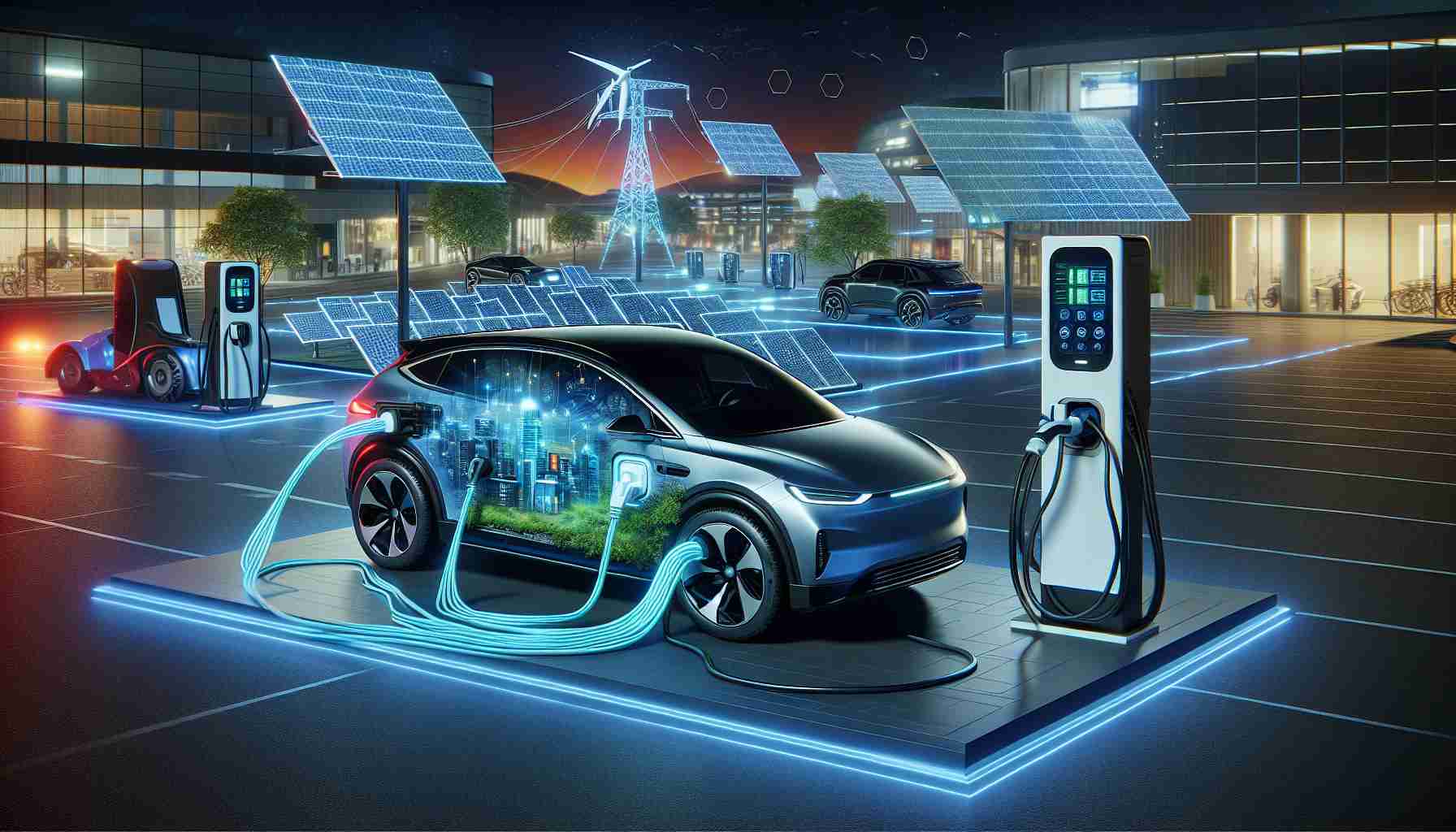Revolutionizing Sustainable Mobility
Electric vehicle (EV) enthusiasts can now experience a new wave of innovation within the industry, centered around vehicle-to-grid (V2G) technology. Instead of silently charging while parked, EV owners can now take advantage of V2G systems to potentially earn extra income. This groundbreaking development is reshaping the landscape of sustainable transportation.
The Emergence of V2G Solutions
Leading the charge is a collaboration of automakers – BMW, Ford, Honda, and now Nissan – in the cutting-edge V2G initiative known as ChargeScape. By seamlessly connecting EVs to power grids through innovative software, drivers can play a role in stabilizing energy demand. Offering financial incentives to users who adjust their charging patterns during peak periods, ChargeScape paves the way for a more interactive energy ecosystem.
Driving Towards Financial Savings
While a study highlighted EV owners potentially saving up to $150 a year through V2G technology, real-world examples showcase even higher savings. In some instances, customers utilizing bi-directional chargers have saved a significant $187.50 in just 15 minutes by harnessing power from their EV to avoid steep demand charges.
Expanding Horizons in the EV Market
With Nissan gearing up to introduce ChargeScape technology to its EV fleet in the U.S. and Canada, the momentum behind V2G solutions is rapidly accelerating. As electric vehicle sales surge and infrastructure expands, automakers like GM are committing to integrating V2G capabilities into future models. The automotive industry is witnessing a transformative shift towards interconnected mobility solutions.
Looking Ahead to A Dynamic Future
While competitors scramble to capture a piece of the growing V2G market, Tesla has notably steered clear of this domain so far, focusing on alternative energy storage solutions. However, whispers suggest Tesla might delve into V2G technology by 2025, indicating that the landscape of EV innovation continues to evolve at a rapid pace.
Additional Facts:
– One of the key benefits of V2G technology is its potential to enhance grid stability and reduce the need for costly infrastructure upgrades.
– V2G systems can help integrate renewable energy sources more effectively by providing storage and flexibility in electricity demand.
– Some studies suggest that widespread adoption of V2G technology could lead to a more decentralized energy system with increased resilience.
Key Questions:
1. How does V2G technology impact the overall grid reliability and resilience?
2. What are the main regulatory challenges associated with implementing V2G infrastructure?
3. How do different V2G systems vary in terms of compatibility with existing grid infrastructure?
4. What security measures are in place to protect V2G systems from cyber threats?
Advantages and Disadvantages:
Advantages:
– Potential for EV owners to earn revenue by selling excess energy back to the grid.
– Enhanced grid stability and peak-load management capabilities.
– Contribution to reducing greenhouse gas emissions and promoting renewable energy integration.
Disadvantages:
– Initial setup costs for V2G infrastructure can be significant.
– Compatibility issues between V2G systems and different EV models.
– Concerns regarding battery degradation from frequent charging and discharging in V2G operations.
Related Links:
Department of Energy
International Energy Agency



